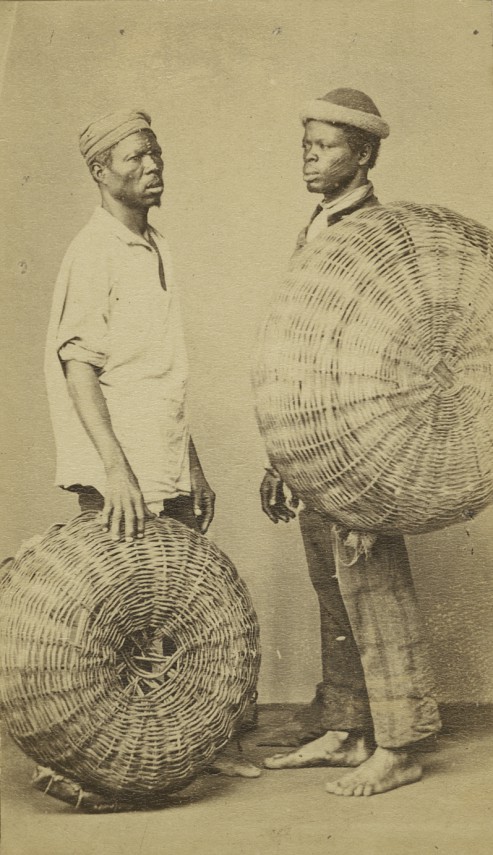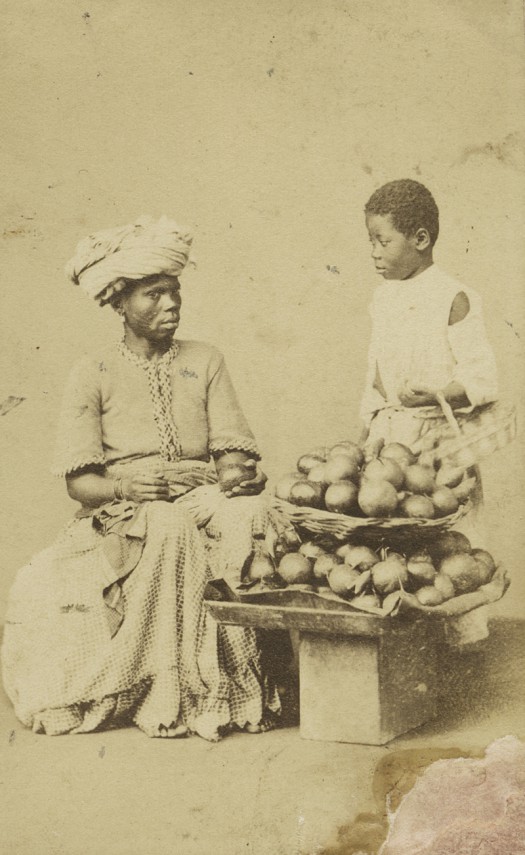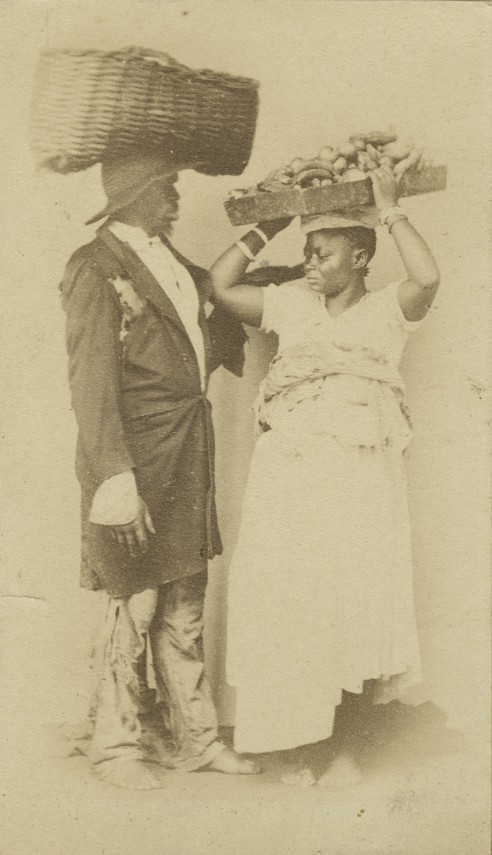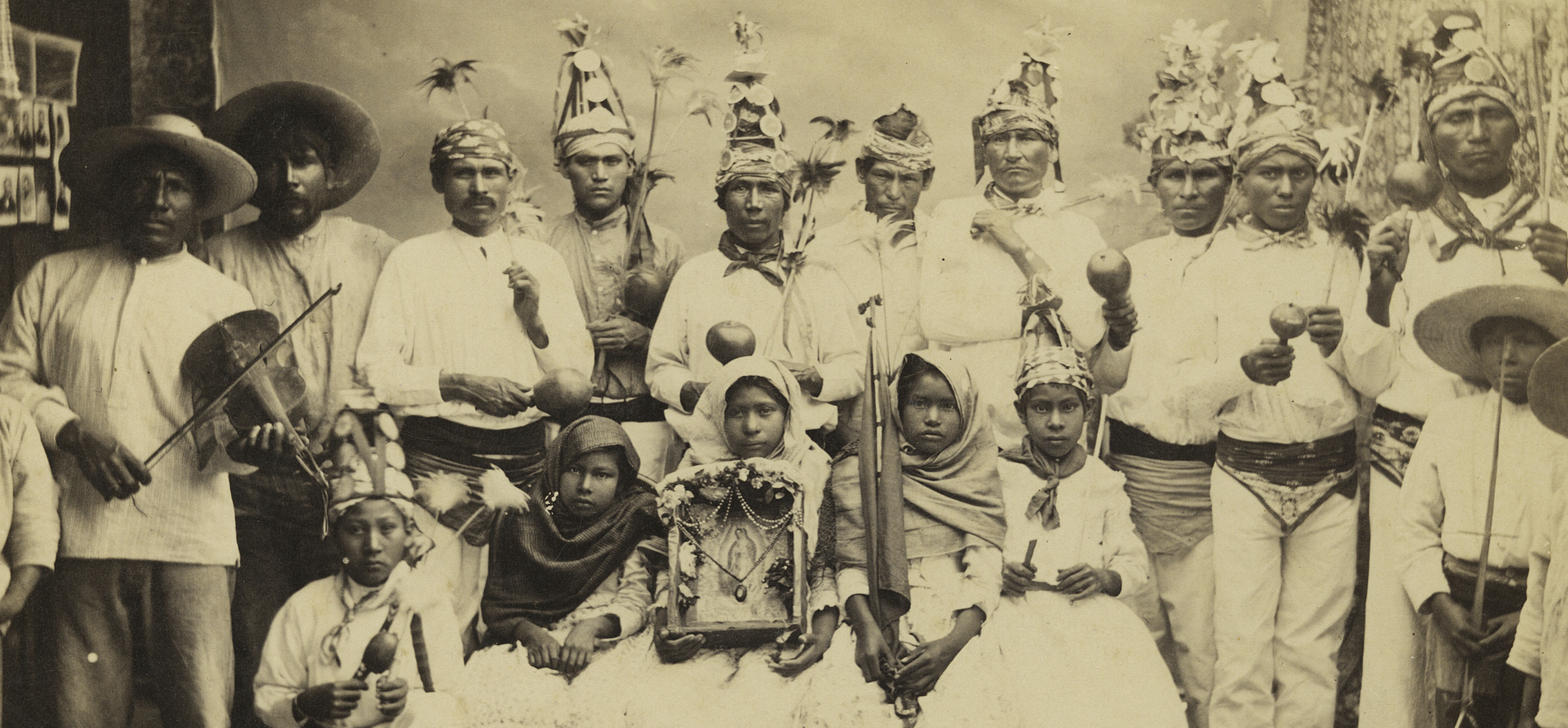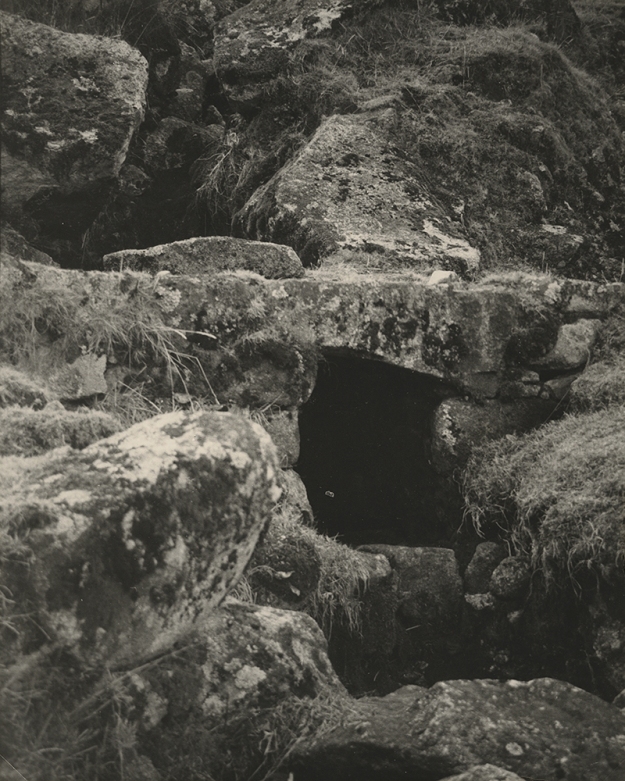
Archaeological site of Tiwanaku.
Contrary to most of our latest posts, more or less informed, this one is a cry for help.
A few months ago we found these gelatin silver prints on matte paper, dated circa 1930s, of the archaeological site of Tiwanaku.
Nestled in a Bolivian highland valley 13,000 feet above sea level, the broad altiplano of Tiwanaku is defined on three sides by mountain ranges and on the fourth by Lake Titicaca.

Detail of Puerta del Sol, Tiwanaku.
Through the years it’s been photographed and studied by many archaeologists, photographers and explorers; and with the help of the “Pioneer Photography in Bolivia: Directory of Daguerreotypists and Photographers, 1840s-1930s” by Daniel Buck we were able to make a list of names worth looking into. Names such as Arthur Posnansky, Miguel Chani, Erich Arendt, Hans Helfritz, Sintich Hermanos, Wendell Bennett, and others.
Going through dozens of books about Tiwanaku and Bolivia at the library of the Quai Branly museum, we found out that most of these people did visit and photograph the site but at the end of the XIX century and beginning of the XX century. The list of names is long, and for more than a few of them we could not find any reproduction of their work.
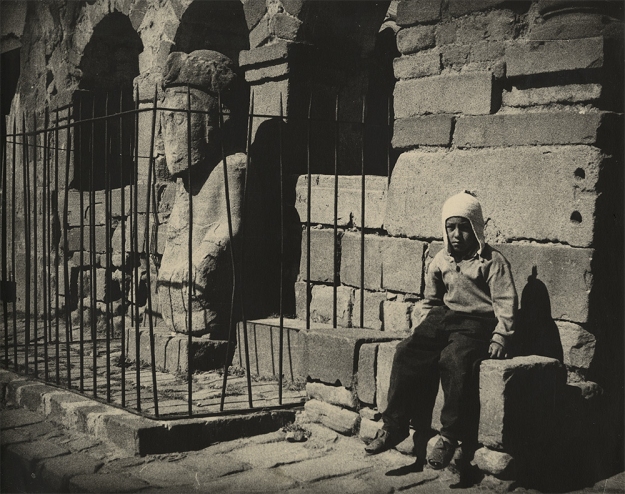
The Tiwanaku Church was build in 1612. Two monoliths, extracted from the ruins of Tiwanaku, adorn the entrance of the church as a way to give Catholic authority to the natives and invite them to the new religion.
There is written evidence that shows that Posnansky was in Tiwanaku at the end of the 1920s but unfortunately we couldn’t find any photo material from this era, not even in his final and most important book, Tihuanacu, the Cradle of American Man. In the beginning of 2014, eleven thousand documents and photographs from Arthur Posnansky were recovered, however, the photos are dated 1900.
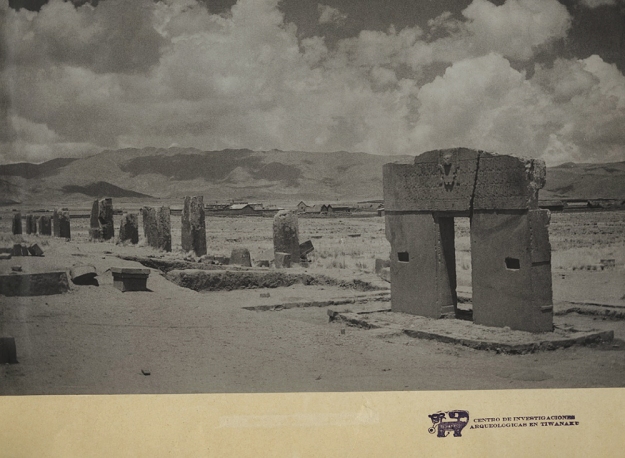
Ciudad arqueológica de Tiwanaku.
After not finding any helpful information in books we turned to the National Museum of Ethnography and Folklore in Bolivia (Museo Nacional de Etnografía y Folklore – MUSEF) without much luck either. Several emails to different staff members and directors were unanswered.
None of our photographs were found at the Museum of Natural History/South American Archaeological Collection, at the Brooklyn Museum, or at the Quai Branly.
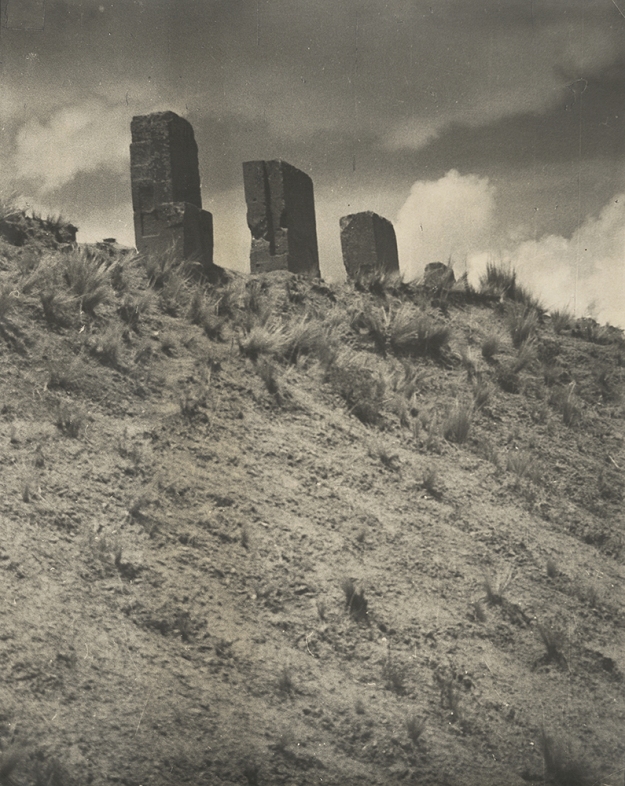
Archaeological city of Tiwanaku.
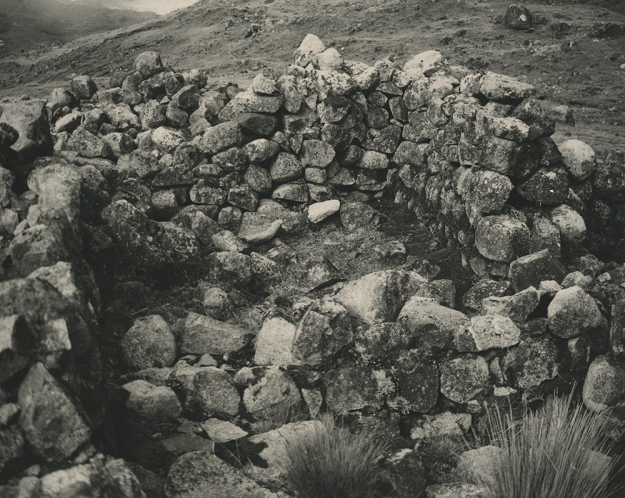
Archaeological city of Tiwanaku.
In our opinion, a lot of these images have a certain aesthetic and sensitivity that we think someone just studying the complex would not necessarily have. They feel more artistic.
Tiwanaku is without a doubt the most important archaeological site in Bolivia. We will be very thankful if anyone has any idea of who could’ve been the photographer or suggestions on where to look further.
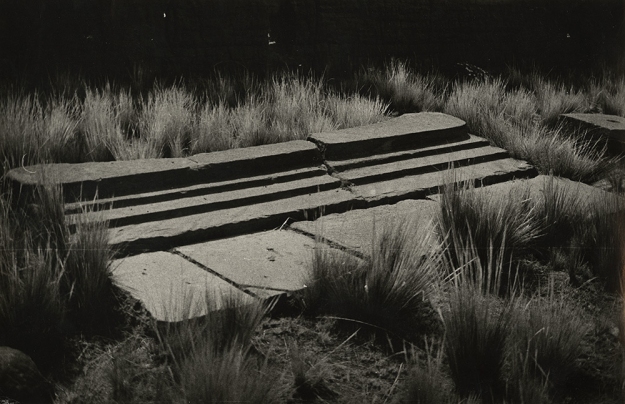
Detail of the archaeological site of Tiwanaku.

